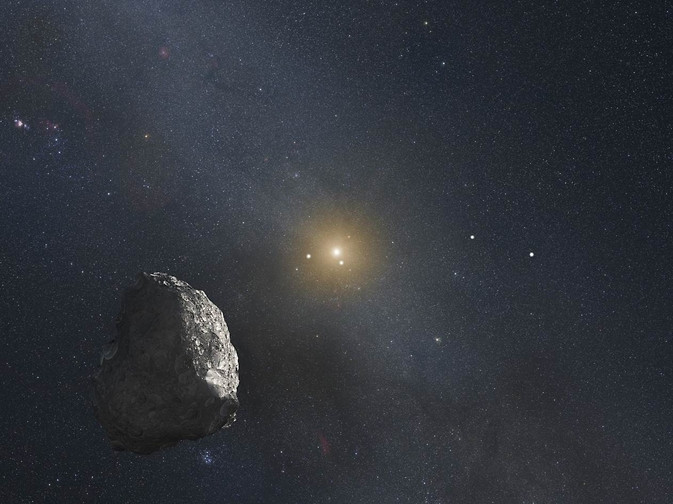Watch live as massive asteroid the size of Shanghai Tower comes close to Earth
Nicknamed 'The Rock', the asteroid will fly by at a safe distance of 1.8 million kilometres.

A massive asteroid believed to be nearly a kilometre in length will come closer to our planet than it has ever been in the last 400 years. It is also the first time in more than a decade that an object this big flies by Earth.
Nicknamed "The Rock", a witty reference to US entertainer Dwayne Johnson, the asteroid does not pose a threat and will not collide with Earth. Scientists have estimated that it will be moving at about 33 kilometres per second and that it will come within 1.8 million kilometres of our the planet (that's five time the distance between the Earth and the Moon).
The existence of the asteroid, called 2014 JO25, was first discovered in 2014 by Nasa scientists, as part of the Catalina Sky Survey in Arizona.
This survey is sponsored by Nasa's Near-Earth Object (NEO) Observation Program, and looks for potentially Earth-threatening asteroids in the solar system.
Three years on, 2014 JO25 remains mysterious, as not much is known for instance about its makeup or its exact size. It is thought to measure between 650 metres and 1.4 kilometres across – about the size of the Shanghai tower, the second tallest building in the world.
Its close approach to Earth will provide scientists with a valuable opportunity to document it better and to improve their knowledge of its physical properties.
If you want to watch the impressive fly-by of the asteroid through the lens of a telescope, you can turn to Slooh.com on 19 April from 23:00 UTC (midnight in the UK). A live coverage of the event, with discussion regarding the potential threats posed by asteroids will be held on the platform, using Slooh's flagship observatory at the Institute of Astrophysics of the Canary Islands.
Although "The Rock" does not pose any immediate risk, its size and proximity serves as a cautious reminder that large space debris exist and have the potential to be destructive.
Scientists believe they have discovered about 90% of all near-earth asteroids measuring 1,000 metres or more, but only 30% of those measuring 140 metres or more have been identified (and less than 1% of those measuring around 30 metres). Even though these asteroids are smaller than 'The Rock', they could cause great damage if they collided with our planet.
© Copyright IBTimes 2025. All rights reserved.






















